Posterior Reversible Encephalopathy Syndrome Treatment
Posterior reversible encephalopathy syndrome treatment. Early recognition and effective treatment of blood pressure in patients with PRES in the acute setting along with seizure prophylaxis decreases long-term sequelae of this condition. It can present with acutely altered mentation somnolence or occasionally stupor vision impairment seizures and sudden or chronic headaches that are not focal. Its original name of reversible posterior leukoencephalopathy syndrome resulted inappropriate since the imaging changes are not always limited to the cerebral white matter and its clinical manifestations are not always reversible.
Posterior reversible encephalopathy syndrome is best managed by monitoring and treatment in the setting of a neurointensive care unit. Posterior reversible encephalopathy syndrome PRES is a clinical-neuroradiological entity characterized by headache vomiting altered mental status blurred vision and seizures as well as images suggesting white-gray matter edema involving in most cases posterior regions of the central nervous system as demonstrated by magnetic resonance image. The antepartum patient should be stabilized and then delivered.
Posterior reversible encephalopathy syndrome--Insight into pathogenesis clinical variants and treatment approaches. Radiologists should be aware of the spectrum of imaging findings in PRES. 1University of Texas MD Anderson Cancer Center Division of Internal Medicine Department of Emergency Medicine Unit 1468 Houston TX 77030.
Posterior reversible encephalopathy syndrome PRES is a clinico-radiological syndrome characterized by symptoms including a headache seizures altered consciousness and visual disturbances. Awori J 1 Rajajee V 2 Gemmete JJ 3 Chaudhary N 3 Thompson BG 2 Pandey AS 4. Rosa Júnior M1 Borges ÉI2 Fonseca APA2 Fiorot JL3 Balarini L3.
Posterior reversible encephalopathy syndrome following hemodynamic treatment of aneurysmal subarachnoid hemorrhage-induced vasospasm. PRES was first described in 1996 by Hinchey et al. Management of Posterior Reversible Encephalopathy Syndrome Induced by Carfilzomib in a Patient With Multiple Myeloma Introduction Carfilzomib Kyprolis.
Posterior reversible encephalopathy syndrome can be observed in patients with systemic lupus erythematosus and intensive care unit treatment may be required. Shortly after the description in 1996 two other case-series were published. Posterior reversible encephalopathy syndrome is a rare clinicoradiological entity characterized by typical MRI findings located in the occipital and parietal lobes caused by subcortical vasogenic edema.
Treatment typically focuses on treating the underlying cause and removal of the offending agents. 9 The first 15 cases reported occurred in patients with hypertensive encephalopathy eclampsia or under immunosuppressive treatment.
Posterior reversible encephalopathy syndrome is a rare clinicoradiological entity characterized by typical MRI findings located in the occipital and parietal lobes caused by subcortical vasogenic edema.
Early recognition and effective treatment of blood pressure in patients with PRES in the acute setting along with seizure prophylaxis decreases long-term sequelae of this condition. Early recognition and effective treatment of blood pressure in patients with PRES in the acute setting along with seizure prophylaxis decreases long-term sequelae of this condition. Posterior reversible encephalopathy syndrome during treatment with tocilizumab in juvenile idiopathic arthritis. Posterior reversible encephalopathy syndrome can be observed in patients with systemic lupus erythematosus and intensive care unit treatment may be required. Posterior reversible encephalopathy syndrome PRES is a clinico-radiological syndrome characterized by symptoms including a headache seizures altered consciousness and visual disturbances. Posterior reversible encephalopathy syndrome PRES is an illness in which a person can present with acutely altered mentation drowsiness or sometimes stupor visual impairment eg visual hallucinations cortical blindness hemianopia quadrantanopia and diplopia seizures focal or general tonic-clonic and sudden or constant non-localized headaches. PRES is theorized to be a syndrome of disordered autoregulation and endothelial dysfunction resulting in preferential hyperperfusion of the posterior circulation. Posterior reversible encephalopathy syndrome following hemodynamic treatment of aneurysmal subarachnoid hemorrhage-induced vasospasm. Treatment typically focuses on treating the underlying cause and removal of the offending agents.
Posterior reversible encephalopathy syndrome during treatment with tocilizumab in juvenile idiopathic arthritis. Treatment typically focuses on treating the underlying cause and removal of the offending agents. Posterior reversible encephalopathy syndrome PRES is a clinico-radiological syndrome characterized by symptoms including a headache seizures altered consciousness and visual disturbances. Posterior reversible encephalopathy syndrome PRES is a neurological disorder which is characterised by variable symptoms which include visual disturbances headache vomiting seizures and altered consciousness. Early recognition and effective treatment of blood pressure in patients with PRES in the acute setting along with seizure prophylaxis decreases long-term sequelae of this condition. 10 It has also been observed. The antepartum patient should be stabilized and then delivered.
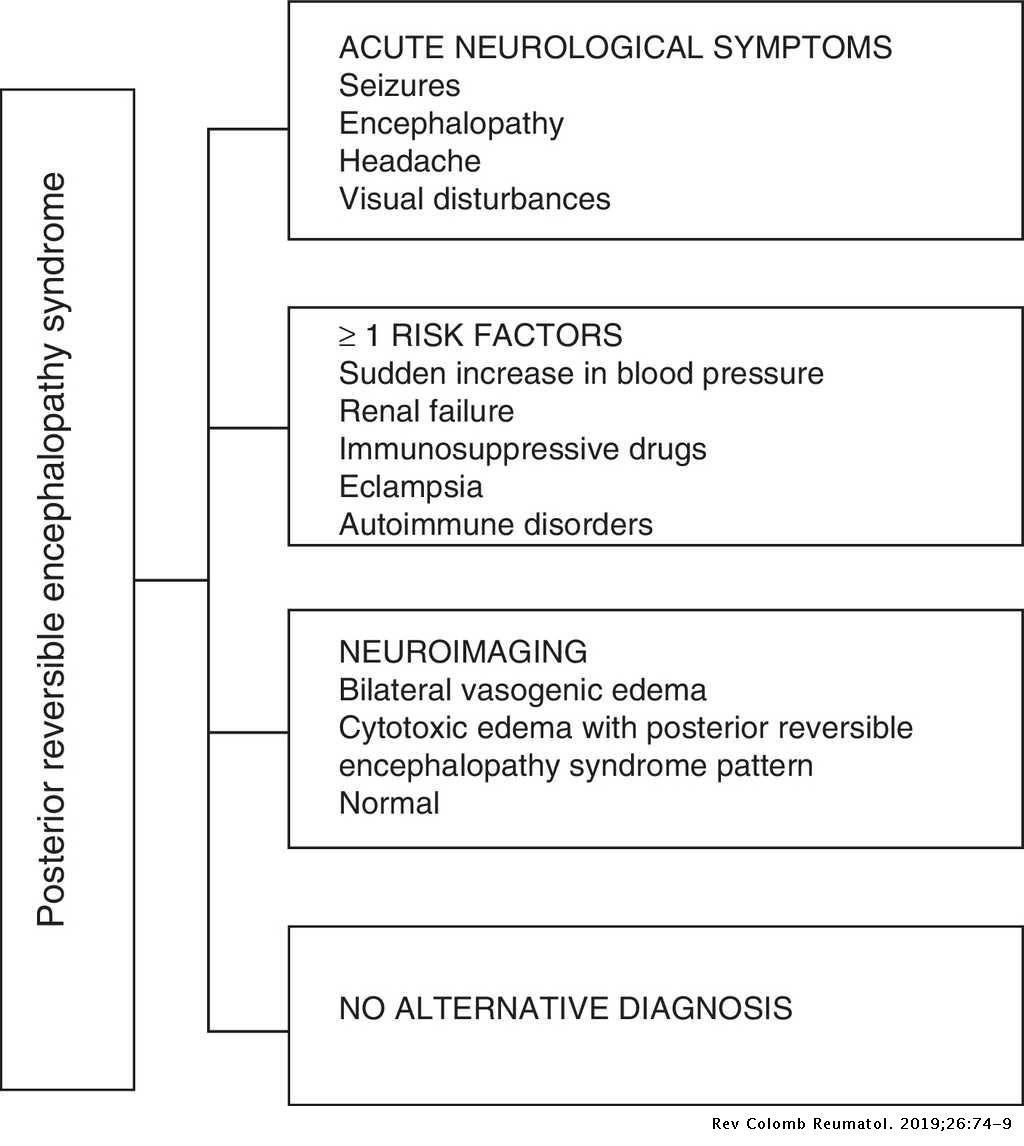








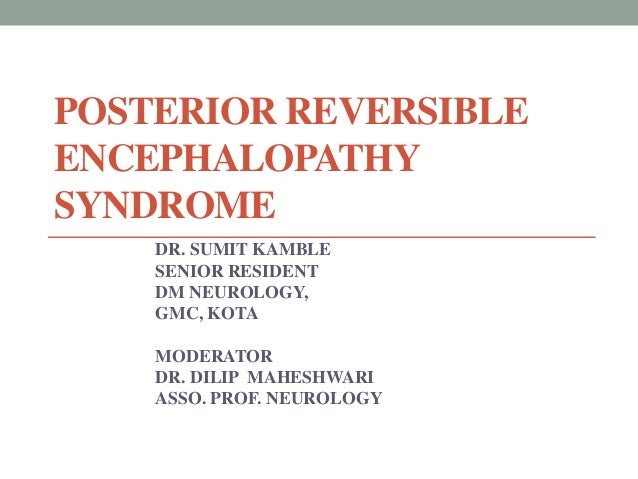
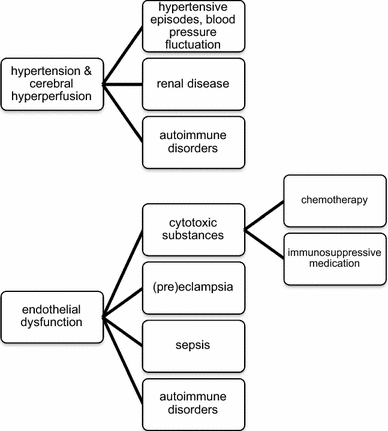

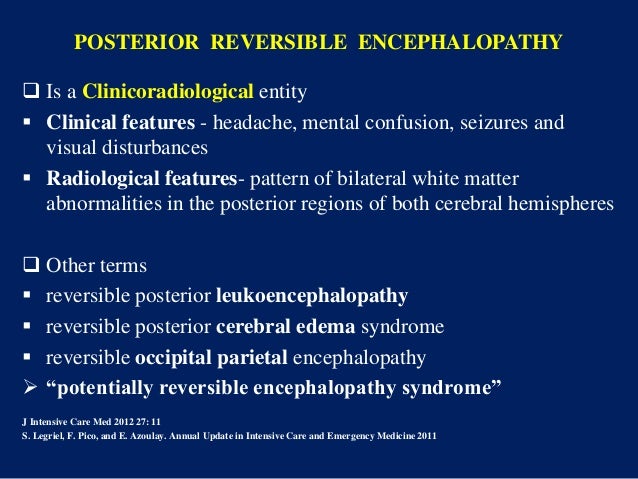



















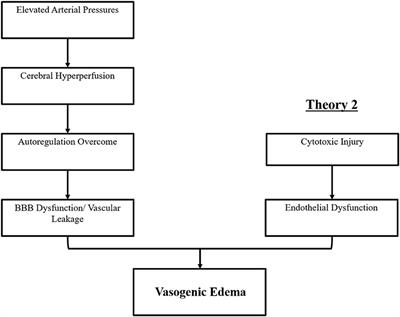




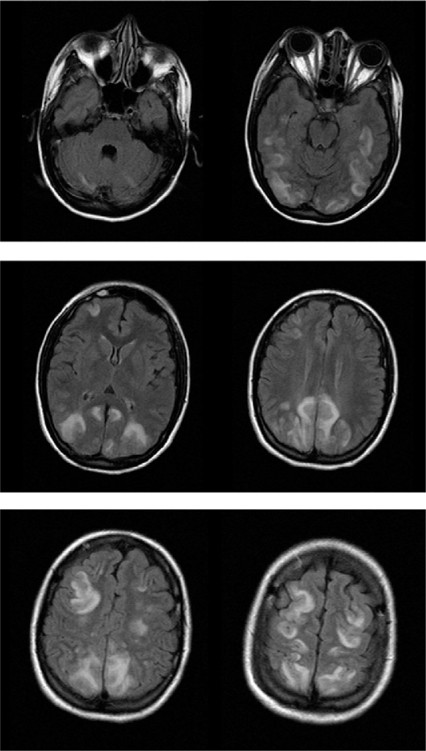
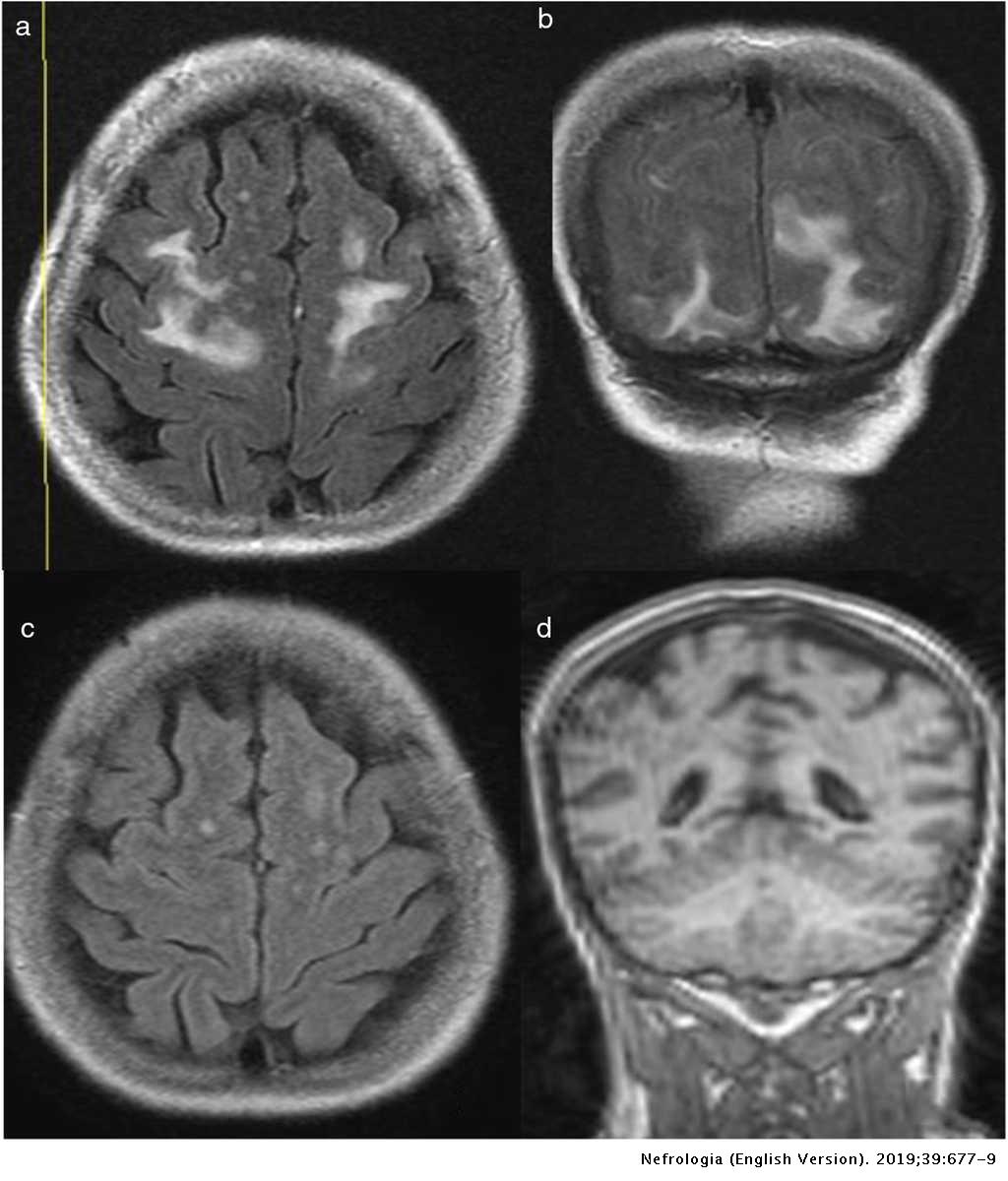
Posting Komentar untuk "Posterior Reversible Encephalopathy Syndrome Treatment"